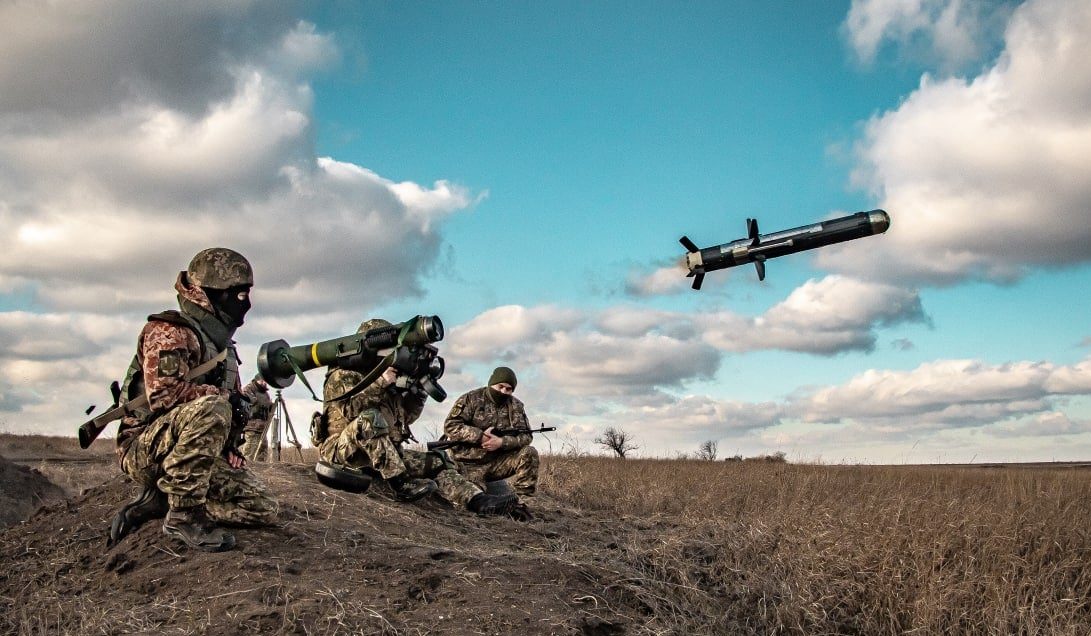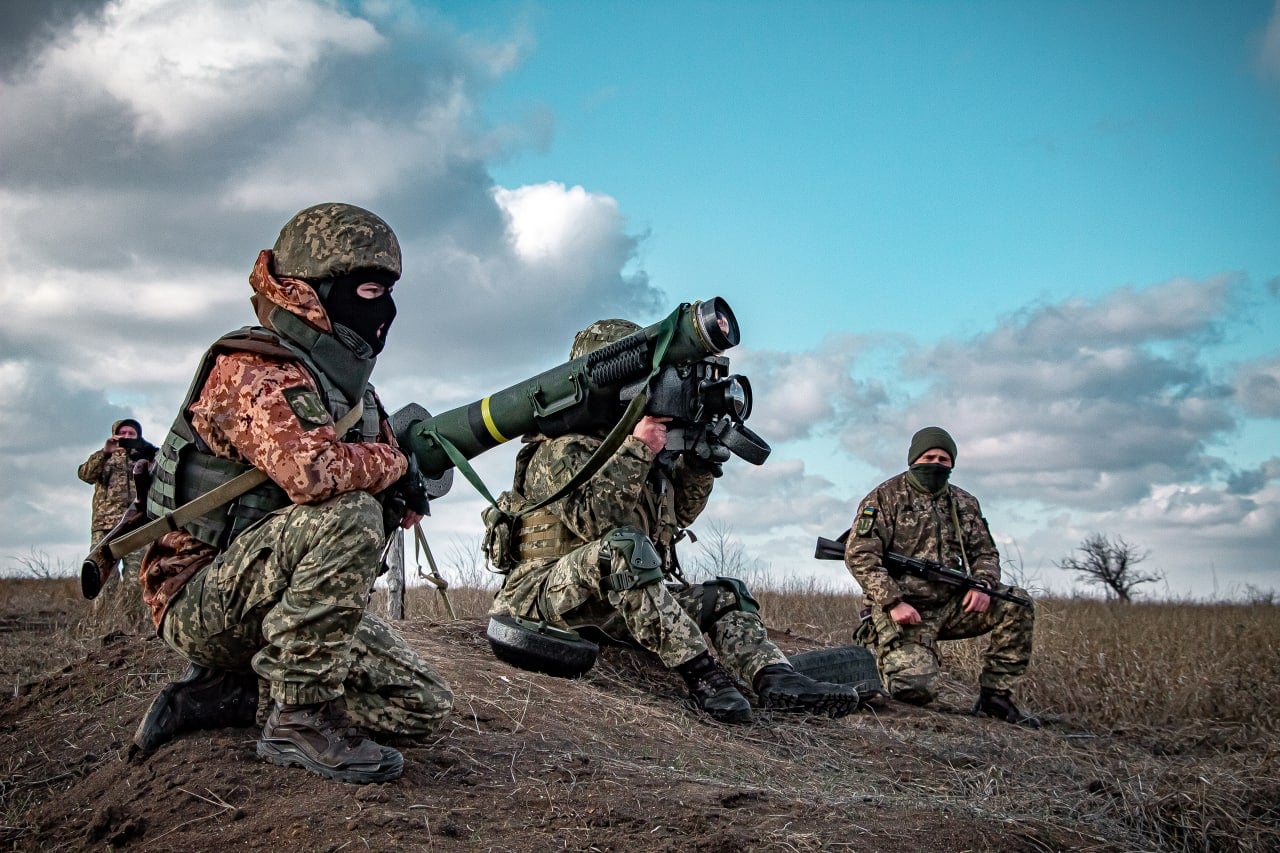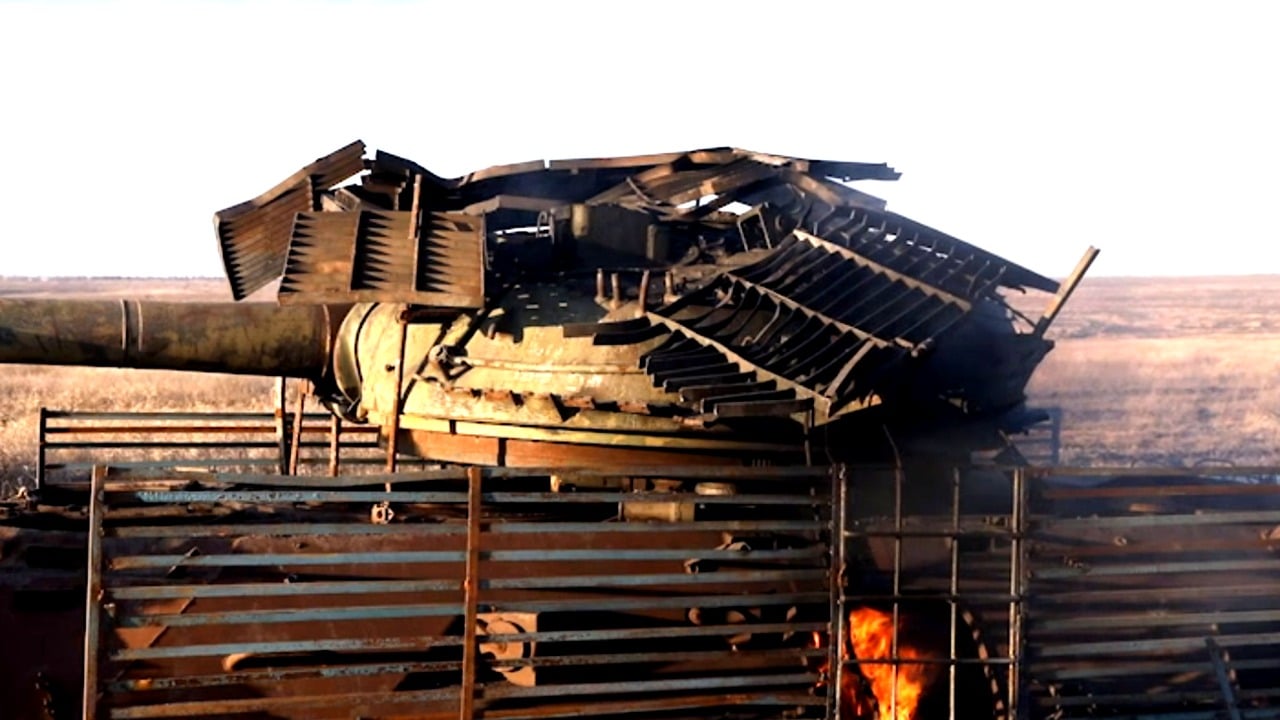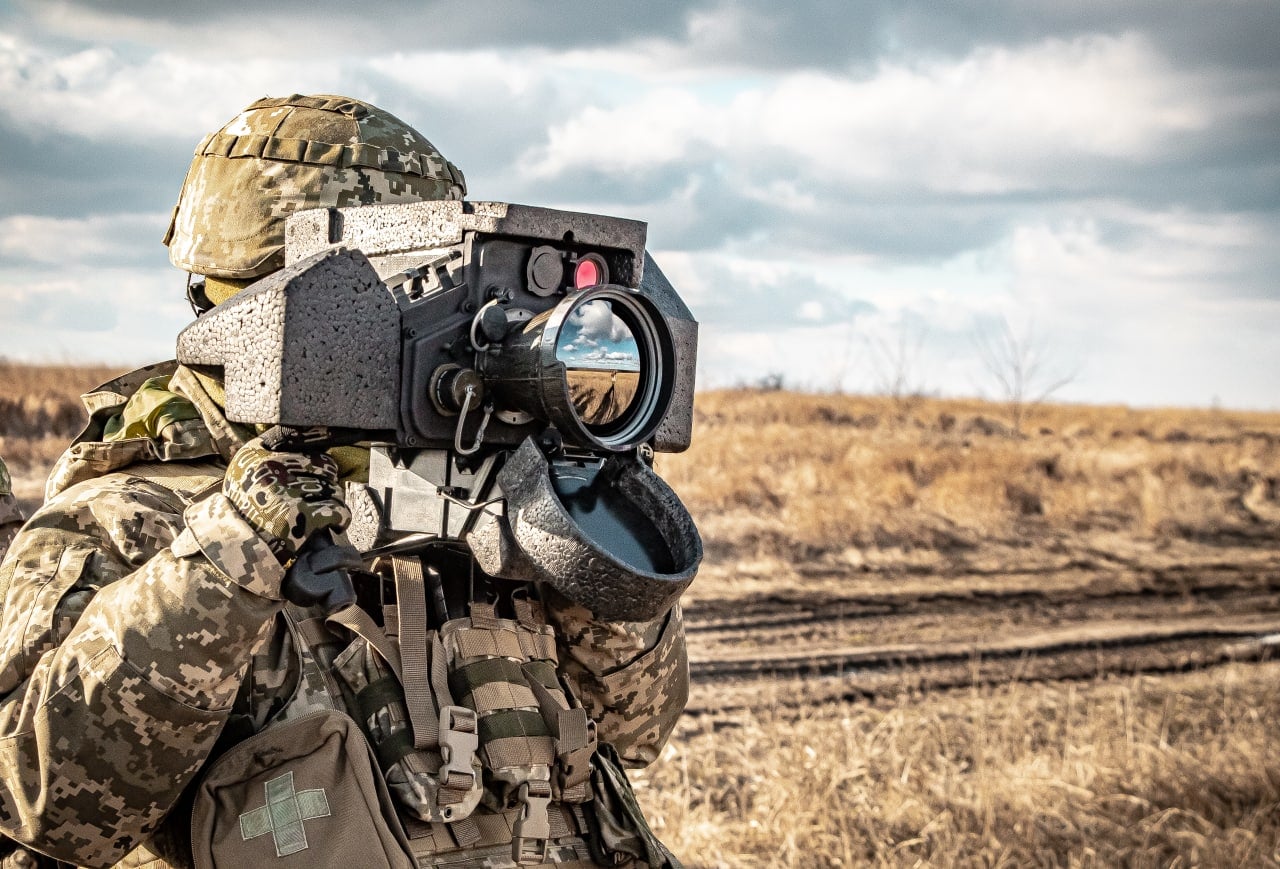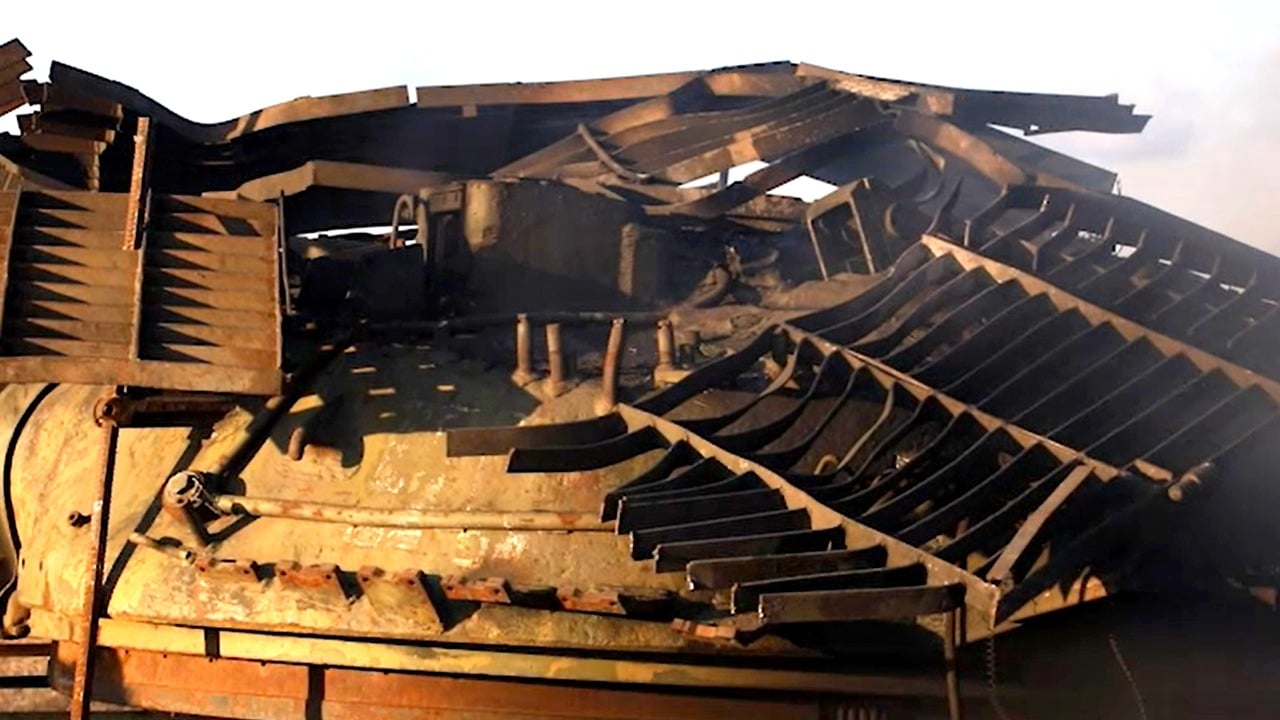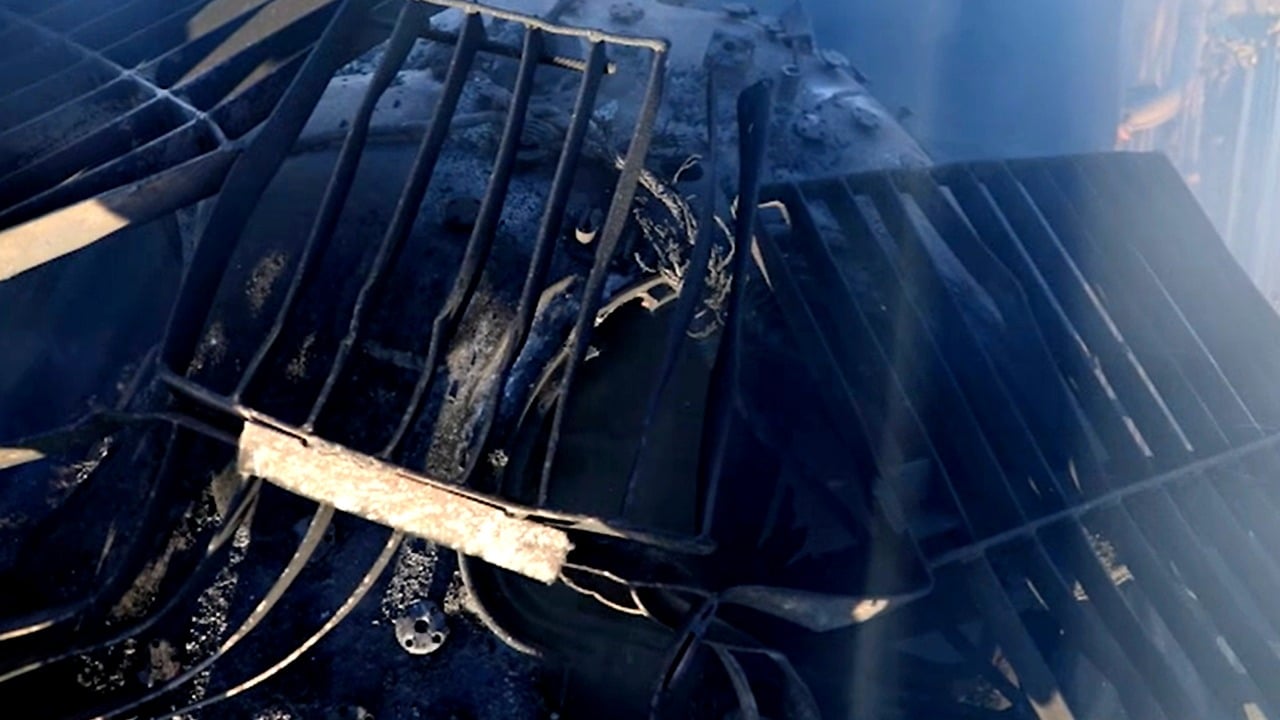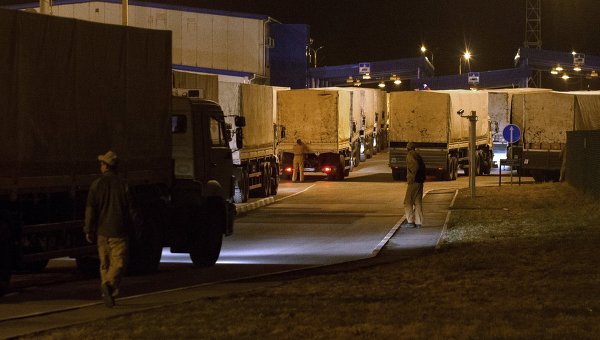In recent months, images of Russian tanks sporting makeshift armor to protect against Ukraine's newest weapons, US-supplied Javelin anti-tank guided missiles and Bayraktar drones supplied by Türkiye, have surfaced on social media. Both pose a significant threat to the top part of the tank, where armor protection is weaker.
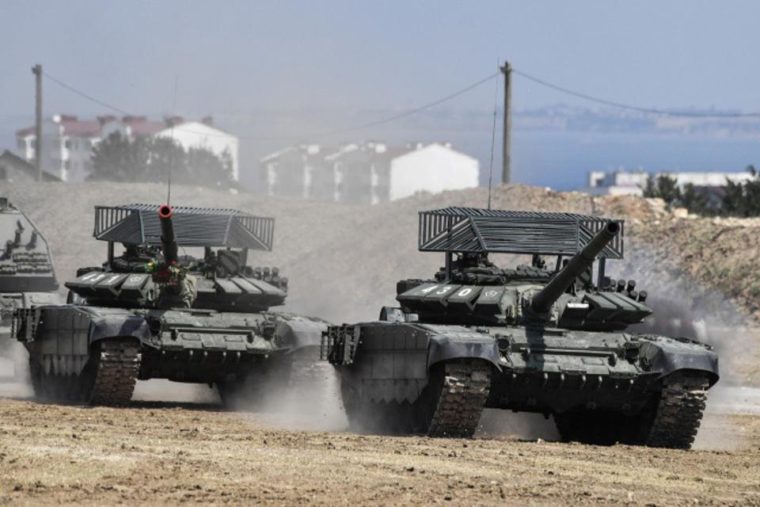
In Ukraine's recent military combat trainings in the Donetsk Oblast, close to the frontline with the Russian puppet Luhansk and Donetsk "People's Republics," Javelins were put to the test against this makeshift protection.
The practical firing of Javelin anti-tank missiles took place on the orders of the Commander of the Joint Forces, Lieutenant General Oleksandr Pavliuk, at one of the military training grounds in the combat area.
The cages which were supposed to protect the tanks from damage from above did not help, photos shared by the Joint Forces Operations FB page show:
The photos show the consequences of a Javelin anti-tank missile hitting the tank turret. The strike was made from a distance of 1.5 kilometers. The additional cage failed to protect the tank. The missile pierced both the cage and the turret of the heavy armored vehicle, Ghall reported.
In a comment for Euromaidan Press, military expert Mykhaylo Samus, Deputy Director for International Affairs of the Center for Army, Conversion, and Disarmament Studies, said the cages were not intended to actually protect against Javelins, stressing that the Russian mods carry the exclusive function of "psychological measurement" for Russian tank operators.
"Javelins were designed and tested to be the best. It would be strange if they could be neutralized in such a simple way," Samus commented.
As military blogger Oleksandr Kovalenko wrote that the idea behind the cage is to protect the tank from being hit by an anti-tank missile with single-band or dual-band infrared and multispectral optoelectronic seekers, like the mentioned Javelins, the French MMP or Israeli Spike missiles.
It won't work, Kovalenko explained, because the Javelin does not orient itself at the turret of the tank, but at its heat-radiating areas, first of all, the engine compartment, secondly -- the tank gun after it shoots. So the Javelin aims at these two elements and not at the cage.
During the eight years of war in eastern Ukraine, the Ukrainian Armed Forces did not use Javelin anti-tank systems in combat, but such exercises have already taken place at the Shyrokyi Lan training ground in the Mykolaiv Oblast.
Javelin self-guided missiles can destroy tanks located 5 km away. The missile follows the target automatically after the launch, which makes using the anti-tank complexes easy.
Currently, the Ukrainian Army has nearly 100 launchers and 500 missiles for the Javelins. They can be used in the Donbas in the event of a full-scale Russian invasion.
Ukraine first purchased Javelin anti-tank missiles from the USA in 2018.
The 2021 US-Ukraine joint statement on strategic partnership states that the new US security assistance package includes additional Javelin anti-armor systems and other defensive lethal and non-lethal capabilities to enable Ukraine to more effectively defend itself against Russian aggression.
Echoes of Nagorny Karabakh. Why Germany is worried about Ukraine’s drones in the Donbas war

